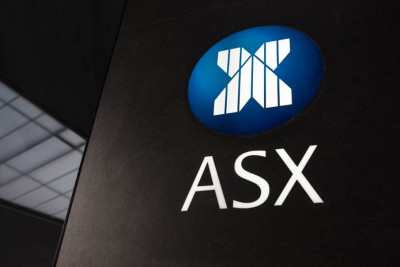Weekly market update - 2nd of September 2019
Written and accurate as at: Sep 02, 2019 Current Stats & Facts

A relatively quiet week on the macro front and the tail end of reporting season saw the local market gain around 1.5%.
US 10 year bond yields fell 2bps to 1.50%. Much of the squeeze in US liquidity is driven by the technical structure of how the Fed provides USD liquidity globally, which is sucking deposits out of the banking system. This, in turn, is putting pressure on the Fed to cut rates further. Australian 10 year yields fell 9 bps to 0.89%.
The upshot from reporting season and company updates is that some parts of the economy are doing it tough whereas other parts are not that bad.
At a stock level, Boral (BLD, -11.6%) was the worst performer in the S&P/ASX 100. Like most construction-related stocks it is feeling the pinch from a weaker housing market – and the nature of the cycle means it will take up to two years for any pick-up in housing activity to feed through to volumes for BLD. Infrastructure spending has also slowed in recent months and is not expected to pick up again until early 2020. These cyclical issues have been compounded by BLD’s persistent issues digesting its recent US acquisitions.
Caltex Australia (CTX, -11.0%) was also weak post-reporting. FY19 was dogged by weak refining margins – which have been picking up into the end of the year and was well known. However, there has also been unexpected weakness in its retail fuel margins, possibly due to some aggressive competition from EG Group, which bought the Woolworths fuel business in April. The market has quickly priced in an expectation that currently weak margins will persist, weighing not just on CTX but also on Viva Energy (VEA, -13.8%).
Elsewhere, the Worley Parsons (WOR, -8.0%) result revealed the effects of a weaker oil price and a reduction in capex on new production. There was some profit taking in Goodman Group (GMG, -6.3%) following a strong run. Iluka (ILU, -5.1%) fell along with expectations on the outlook for the zircon price and was one of the few miners to underperform.
Private hospital operator Ramsay Health Care (RHC, -4.3%) met the market’s expectation for FY19 but disappointed on the outlook, guiding to 2-4% eps growth as opposed to 8% consensus. At least part of the eps downgrade is likely to be the result of AASB16 accounting changes, which deal with the way operating leases are capitalised. Given the early stages of RHC’s leases, these changes dampen statutory earnings in the near term, before becoming accretive in later years. Cash flow remains unaffected.
Metcash (MTS, -1.4%) did not report, but a trading update reaffirmed full year guidance while flagging weaker performance in their hardware business. This is driven in part by low margin wholesale contracts, which management flagged they are in the process of shedding. It is also worth noting that Woolworths’s (WOW, +5.0%) management noted that there was lower discounting in long-life (ie packaged) goods. It is yet another sign that grocery deflation may have bottomed after several years which, if so, would be a tailwind for MTS.
Afterpay Touch (APT, +26.2%) was the best performer in the S&P/ASX 100 as it reported the addition of a few large US retailers to its network. Growth stocks generally did well last week – and through reporting season – which has also helped Reliance Worldwide (RWC, +13.3%). The key, in our view, is to own growth stocks which remain growth stocks – and given RWC’s moderate growth outlook we think the valuation premium here is demanding.
Link Administration (LNK, +11.6%) was also strong despite a disappointing result as management were able to convince the market around the medium term outlook.
Resources generally did well. A tick up in the oil price helped Beach Energy (BPT, +10.8%) and Origin Energy (ORG, +3.7%). Whitehaven Coal (WHC, +2.7%) outperformed, as did the diversifieds (South32 (S32, +7.3%), Rio Tinto (RIO, +3.0%), BHP (BHP, +2.5%)) and Fortescue (FMG, + 5.7%).
Finally, Qantas (QAN, +3.7%) had a good week following Virgin Australia’s (VAH) result. VAH’s announcement that it is looking to cut unprofitable routes – plus the increased gearing that comes with its USD denominated debt – had some questioning its ability to survive. We believe that it does, however it is in no position to start aggressively discounting fares, while fewer routes means less capacity in the domestic Australian market. Both are good for QAN.










